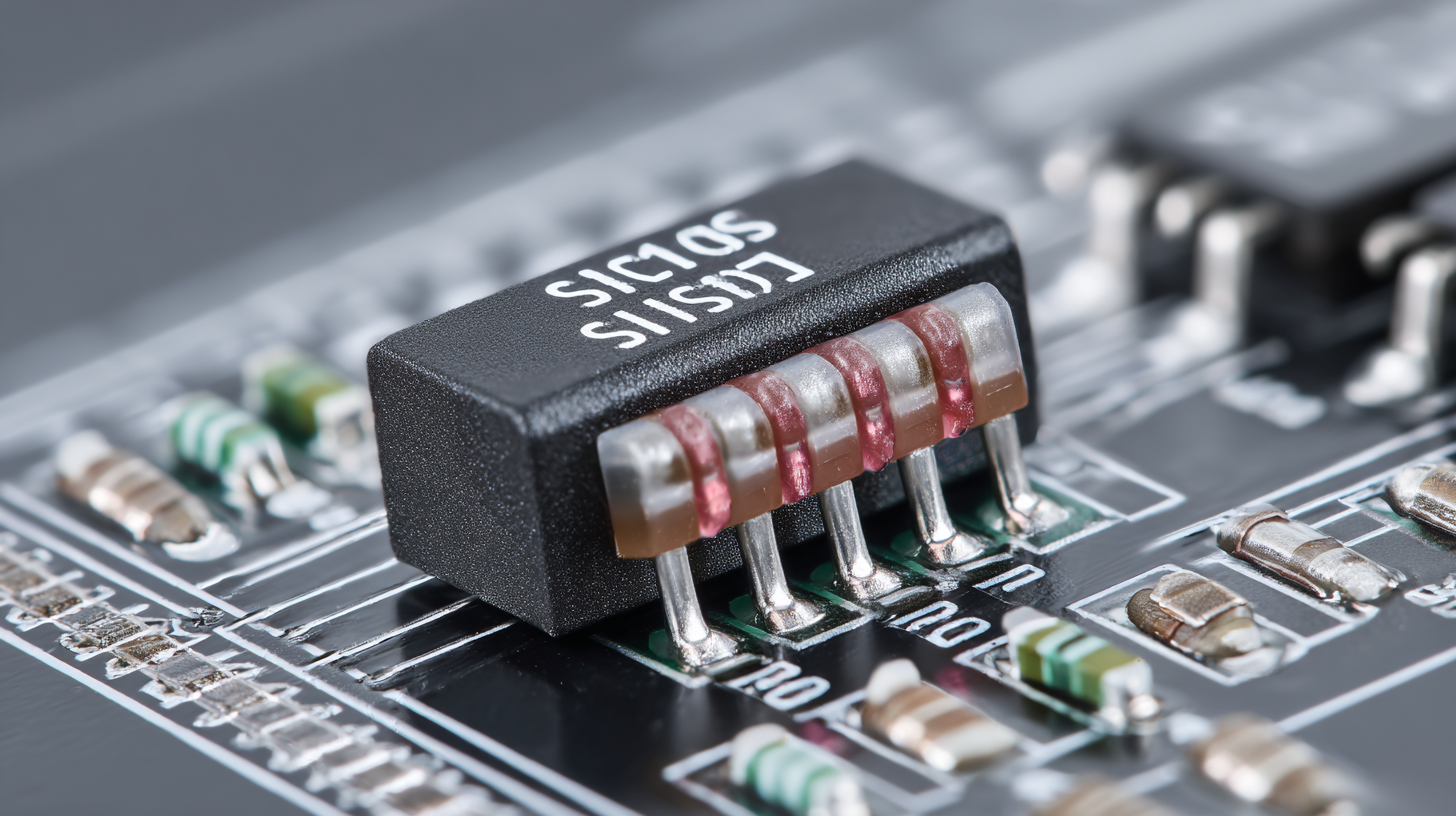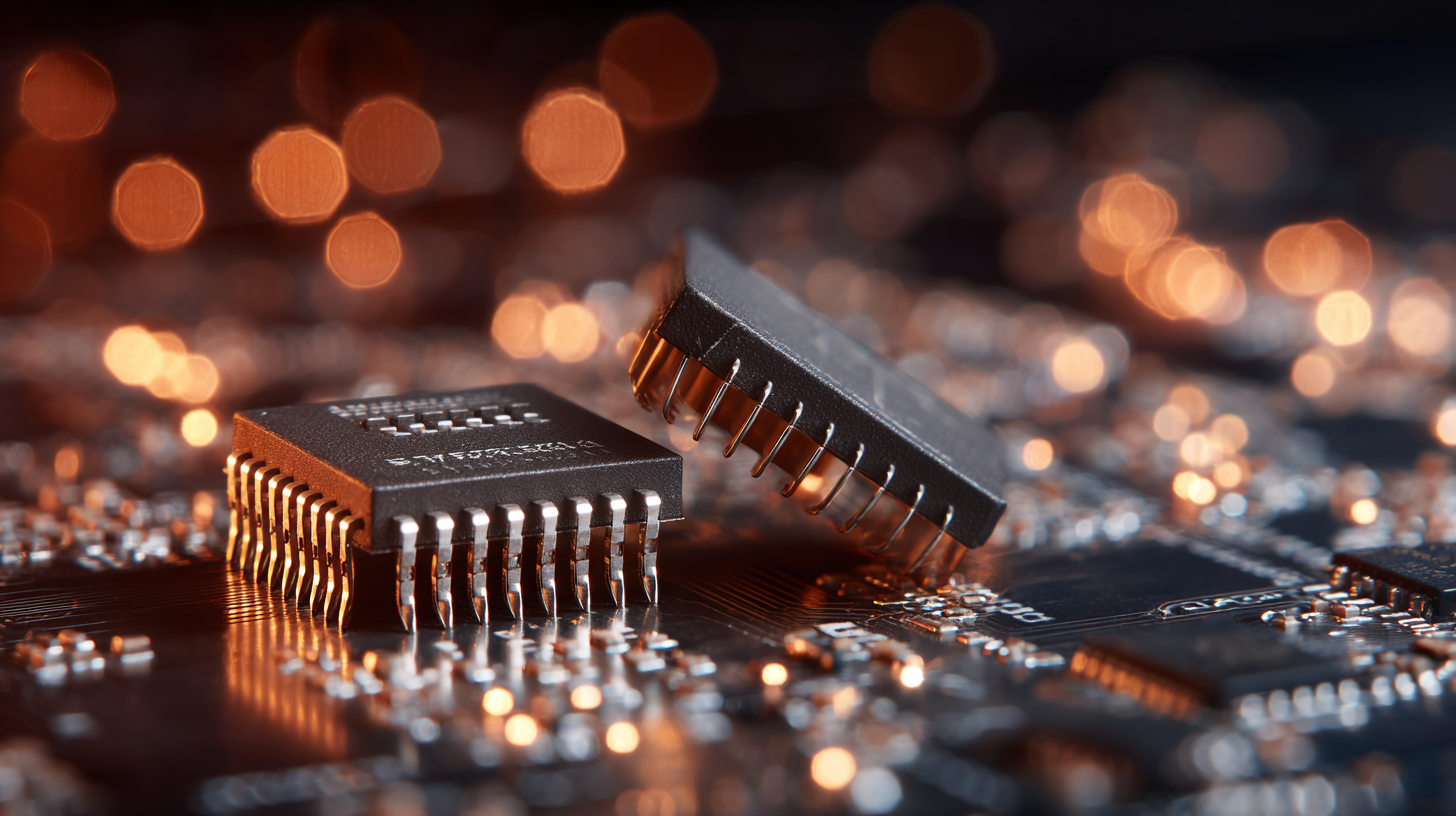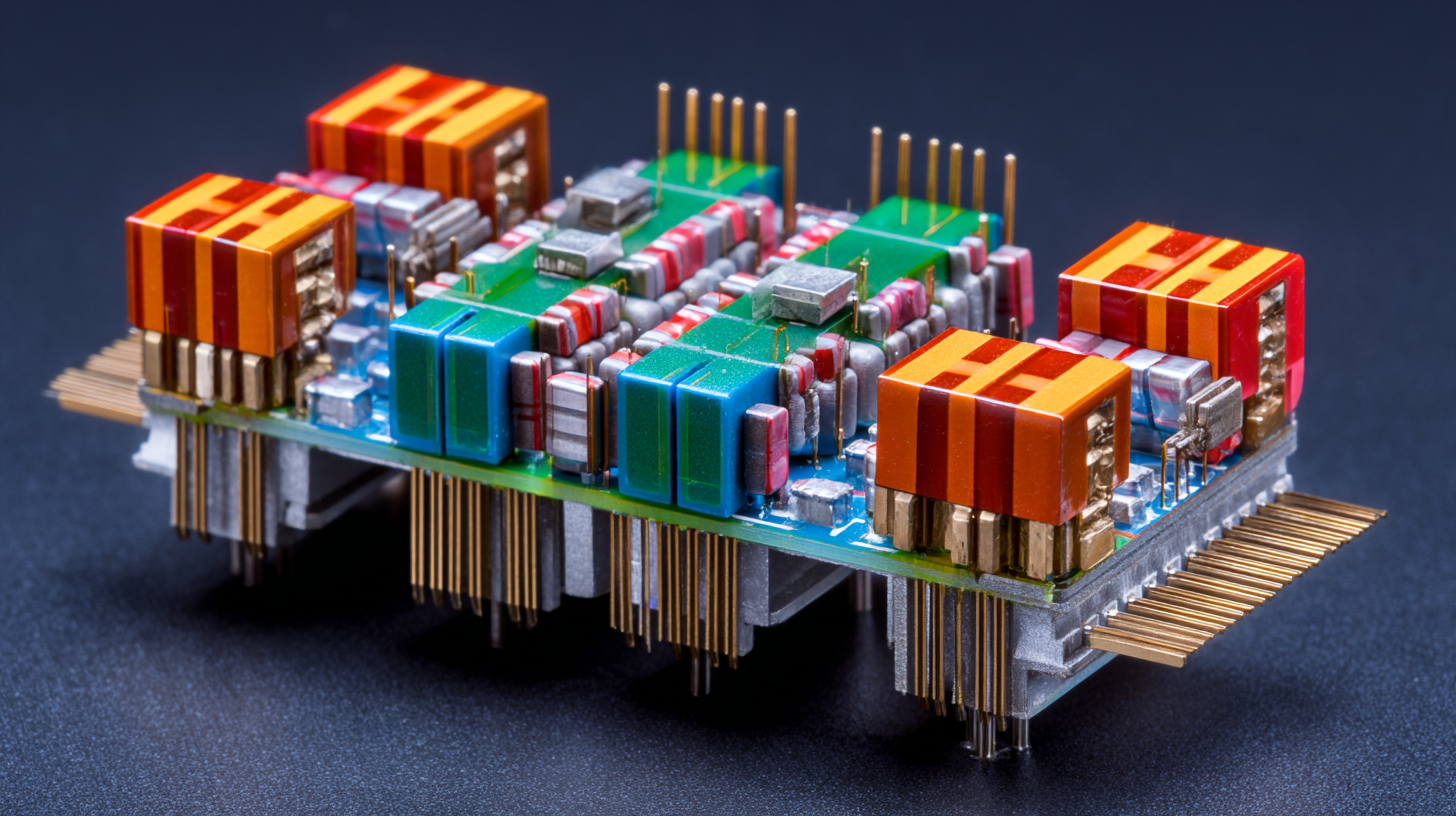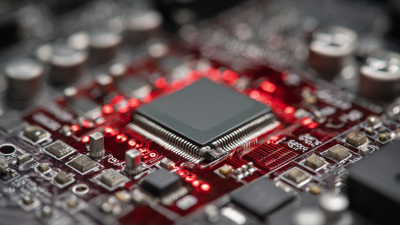Leave Your Message
In recent years, Silicon Carbide MOSFETs have emerged as transformative components in the power electronics landscape, ushering in a new era of efficiency and performance. As the demand for energy-efficient solutions continues to escalate—projected to reach a staggering market size of $13.82 billion by 2026 with a compound annual growth rate (CAGR) of 30.5% according to a report by Mordor Intelligence—Silicon Carbide MOSFET technology stands out for its ability to operate at higher voltages and temperatures while minimizing energy loss. This capability not only enhances the performance of power systems, but also supports the proliferation of renewable energy integrations and electric vehicle applications. As industries increasingly prioritize sustainability, Silicon Carbide MOSFETs are poised to play a critical role in optimizing power conversion and delivering significant energy savings, thereby revolutionizing power electronics today.

Silicon carbide (SiC) MOSFETs are transforming power electronics with their superior performance compared to traditional silicon semiconductors. One of the primary advantages of SiC MOSFETs is their ability to operate at higher temperatures. This alleviates the need for extensive cooling systems, ultimately leading to more compact and efficient designs. Their high thermal conductivity ensures that they maintain performance even in demanding environments, making them ideal for applications in electric vehicles and renewable energy systems.
Another significant benefit of silicon carbide MOSFETs is their capability to handle higher voltages and switching frequencies. This results in reduced switching losses, translating to improved energy efficiency. The faster switching times enable applications to achieve a higher power density, which is crucial for modern electronic devices. Furthermore, SiC MOSFETs exhibit lower on-resistance compared to their silicon counterparts, minimizing energy losses during operation. These attributes make SiC technology a critical player in advancing power electronics towards sustainability and performance enhancement.
Silicon carbide (SiC) has emerged as a game-changer in the realm of power electronics, offering significant enhancements in energy efficiency for various applications. SiC MOSFETs operate at higher voltages and temperatures than traditional silicone devices, which translates to reduced power losses and increased operational stability. This not only improves the overall efficiency of power conversion systems but also lowers cooling requirements, leading to smaller and more compact designs.
Tips: When considering the integration of SiC technologies, focus on understanding the specific voltage and thermal requirements of your application. This can help in selecting the right SiC MOSFET that will optimize the performance and reliability of your system.
Moreover, the high switching speeds of SiC devices allow for faster response times in power applications, contributing further to energy savings. Their robust nature also leads to greater reliability under challenging conditions, making them suitable for industries such as automotive and renewable energy. As more manufacturers embrace SiC technology, we can expect to see a significant shift towards more sustainable and efficient power solutions.
Tips: It's advisable to explore partnerships with suppliers who specialize in SiC materials to gain insights into the latest advancements and ensure you are leveraging the full potential of this technology.
Silicon carbide (SiC) MOSFETs have emerged as a game-changing technology in the power electronics sector, primarily due to their unique properties that enhance efficiency and performance. One of the key applications of SiC MOSFETs is in electric vehicles (EVs), where they play a crucial role in driving systems and onboard chargers. The higher efficiency and thermal performance of SiC devices enable automotive manufacturers to achieve greater range and faster charging times, addressing two of the most significant consumer concerns in the EV market.

Another vital area where SiC MOSFETs are making waves is in renewable energy systems, particularly in solar inverters and wind energy conversion systems. The ability of SiC devices to operate at higher voltages and temperatures allows for more compact designs and increased power density. This not only leads to cost savings but also enhances the reliability and lifespan of the systems involved.
Tips: When considering the transition to SiC MOSFETs, evaluate your existing designs for compatibility, as integrating these devices may require new thermal management strategies. Additionally, stay updated on the latest advancements in SiC technology, as innovations continue to emerge rapidly, potentially offering even greater performance improvements.
The adoption of Silicon Carbide (SiC) in power electronics is driven by several key factors that are reshaping the industry. A significant contributor is the increasing demand for wide band gap (WBG) semiconductors, with the global market size projected to grow from approximately USD 2.44 billion in 2025 to about USD 8.42 billion by 2034. The enhanced efficiency and thermal performance of SiC devices compared to traditional silicon-based alternatives make them ideal for applications in traction inverters, which are crucial for electric vehicles (EVs). The traction inverter market is particularly poised for growth, leveraging the superior efficiency of SiC MOSFETs to enhance vehicle performance.
Moreover, the silicon carbide wafer market is anticipated to experience substantial growth, with projections estimating it to reach USD 26.6 billion by 2034, propelled by a robust CAGR of 7.40%. This surge can be attributed to the expanding use of SiC in various sectors, especially in electric mobility and renewable energy systems. As industries continue to prioritize energy efficiency and sustainability, the integration of silicon carbide technology is proving to be a pivotal factor in the future of power devices, ensuring that they meet the increasing performance requirements of modern applications.

Silicon carbide (SiC) is emerging as a transformative material in the landscape of power electronics, particularly as the demand for efficient and sustainable energy solutions grows. Next-generation power systems are increasingly relying on SiC MOSFETs due to their superior performance characteristics, such as higher thermal conductivity and greater efficiency under high-voltage conditions. These attributes make SiC devices ideal for applications ranging from electric vehicles to renewable energy systems, where efficiency and reliability are paramount.
As the industry pivots towards electrification and energy conservation, the role of silicon carbide in power solutions will only expand. Innovations in SiC technology are making it possible to create smaller, lighter, and more efficient power converters, which can significantly enhance system performance and reduce operational costs. Moreover, with advancements in manufacturing processes, the cost of SiC components is expected to decline, further accelerating their adoption across various sectors. This trend signifies not just a shift in materials but a fundamental evolution in how power electronics are designed and utilized, paving the way for a more sustainable and energy-efficient future.
This chart illustrates the projected growth of the Silicon Carbide MOSFET market from 2020 to 2025. As the demand for efficient power electronics increases, the adoption of SiC technology is expected to rise significantly.






